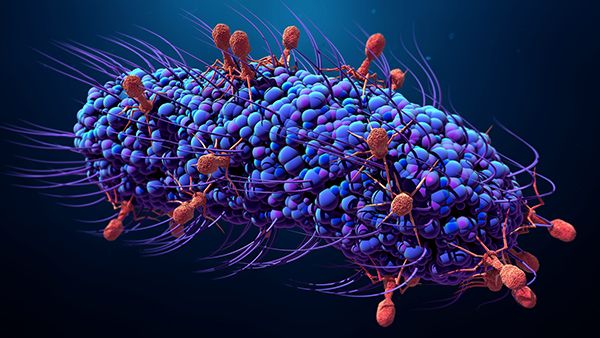Get the latest international news and world events from around the world.


Our Large, Adult Galaxy Is As Massive As 890 Billion Suns
Our home galaxy has a new, super-precise mass measurement: about 890 billion times the mass of our sun. That’s 3.9 tredecillion lbs. (1.8 tredecillion kilograms), a tredecillion being a 1 with 42 zeros after it, or 1,000,000,000,000,000,000,000,000,000,000,000,000,000,000. That amounts to about 6 billion billion billion elephants, 296 quadrillion Earth masses or 135 times the mass of the supermassive black hole in the image released back in April.
Measuring the Milky Way’s mass presents some unusual difficulties, because we live in it. There’s no way to stick galaxies on scales, so researchers typically “weigh” galaxies by tracing the movements of stars inside the galaxies, which can reveal how the galaxy’s gravity is influencing those stars. But while anyone with a reasonably good telescope can spot the full Andromeda galaxy, most of the body of the Milky Way is hidden from us.



Jumbo Phage Deploys Cloaking Device against CRISPR Defenses
Scientists at the University of Otago in New Zealand say they have discovered how viruses that specifically kill bacteria can outwit bacteria by hiding from their defenses. These findings are important for the development of new antimicrobials based on viruses and provide a significant advance in biological knowledge, according to the researchers.
Lead researcher Peter Fineran, PhD, professor, explained that the rise in multi-drug resistant bacteria is leading to the development of alternative therapeutics, including viruses (bacteriophages) that specifically kill bacteria. However, bacteria can become resistant to phages.
Phages are the most abundant biological entities on the planet and are important for global ecosystems, but they can also be used to kill bacterial pathogens, continued Fineran. To defend themselves from the phage invasion, bacteria have developed CRISPR-Cas defense systems, but the phages have come up with ways to avoid these bacterial defenses.


Did you know that your genes can be switched on and off?
They can, and while this is mostly okay, it’s also one of the reasons we age—and we just might be able to do something about it.

China’s driverless, trackless train that runs on virtual rails launches first commercial line
China’s ART has succeeded where its “Straddling Bus” could not, launching for commercial use for the first time in the Sichuan city of Yibin.
Dubbed the “Autonomous Rail Rapid Transit,” the ART is essentially a driverless tram that runs on “virtual rails” mapped out by cameras and censors — so, it’s kinda like a bus too.
The Yibin ART T1 line extends for 17.7 kilometers. It’s expected to serve more than 10,000 passengers daily, a number that will go up to 25,000 once the line is extended to a high-speed railway station.